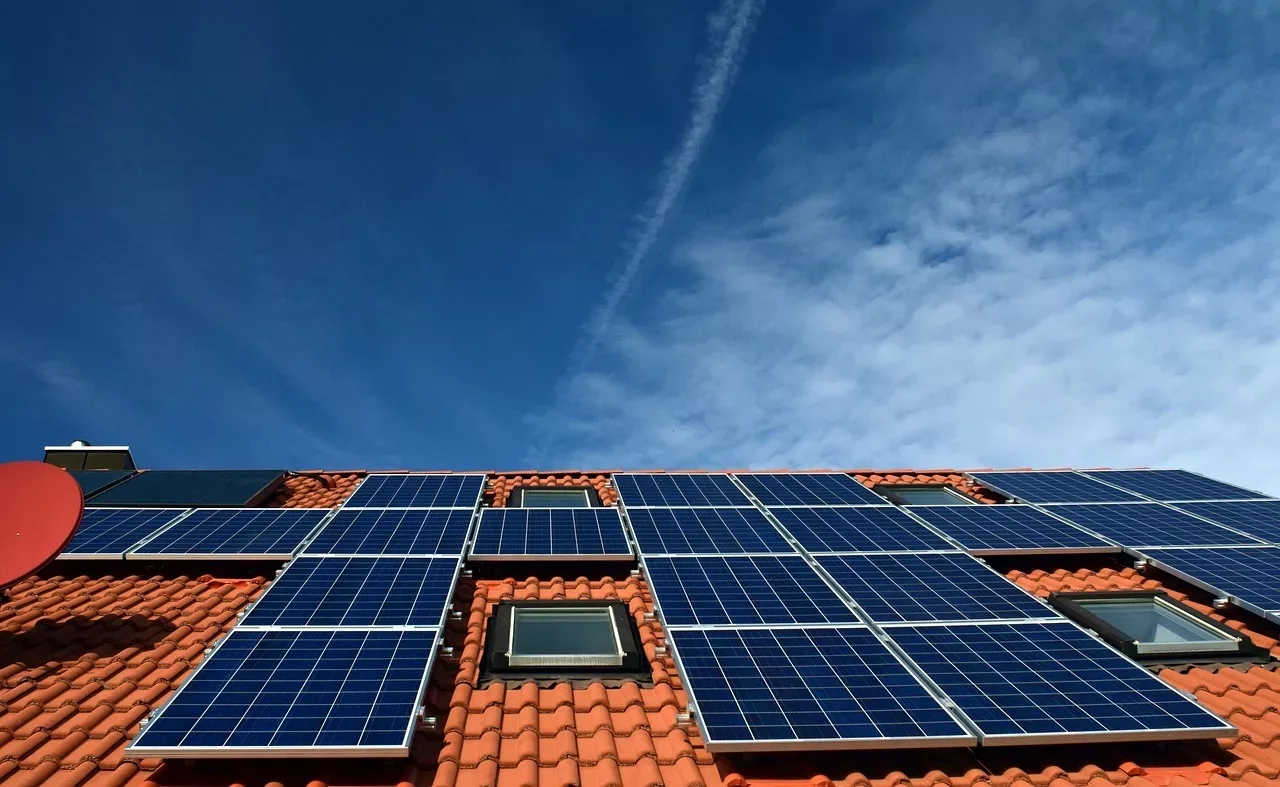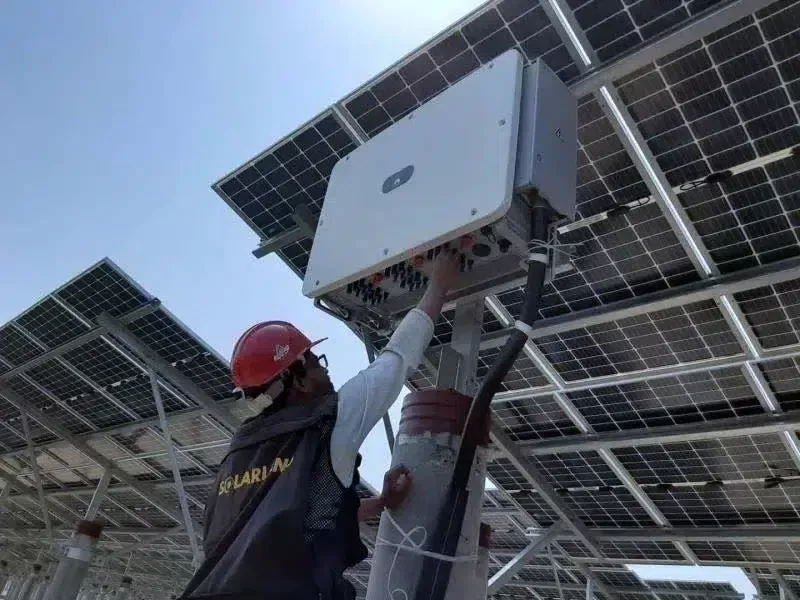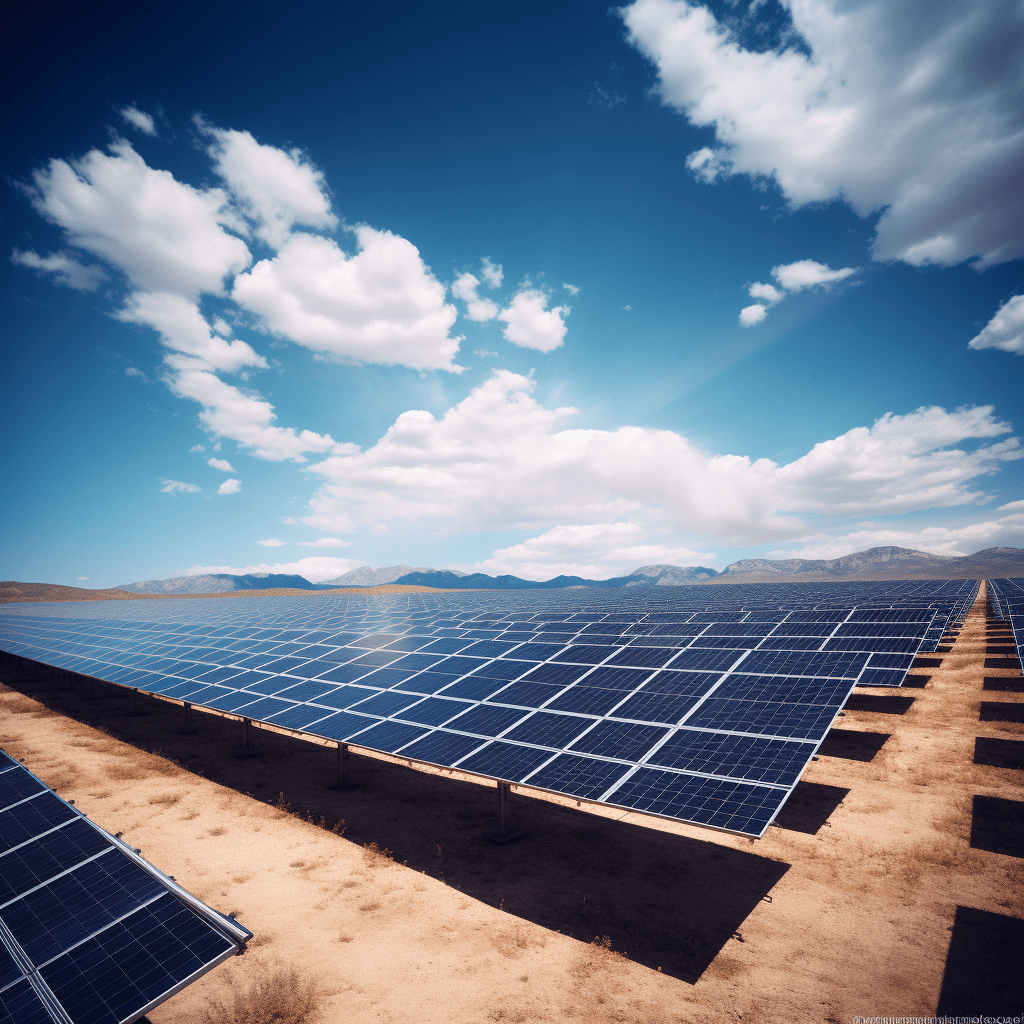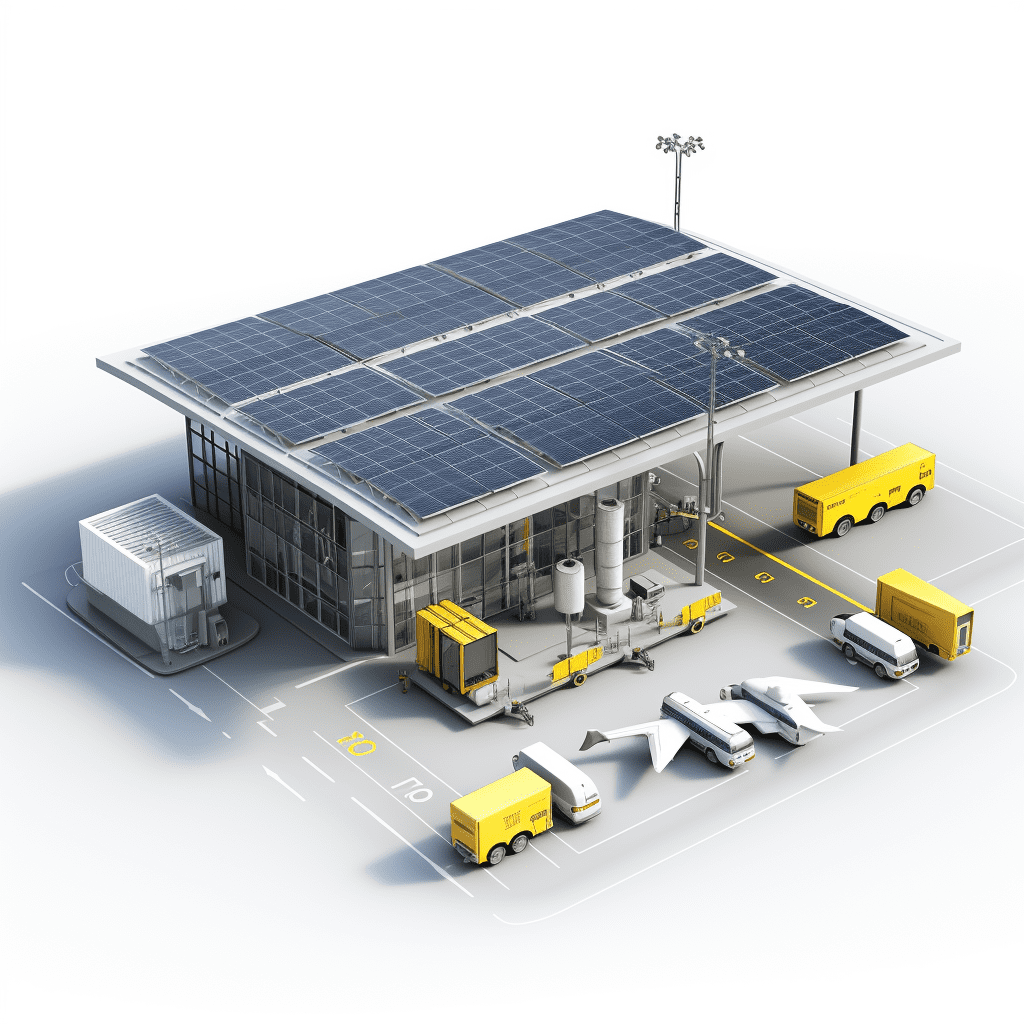Harnessing the power of the sun has become a revolutionary way to generate clean and sustainable energy. Solar panels have taken center stage in the fight against climate change, providing homes and businesses with an environmentally friendly alternative to traditional electricity sources. But what if we told you there was a way to further enhance the efficiency of your solar panel system? Enter battery storage – the dynamic duo that can take your energy game to new heights! In this blog post, we will explore how pairing solar panels with battery storage not only maximizes energy utilization but also offers numerous benefits for both homeowners and businesses. Get ready to unlock the full potential of renewable energy as we dive into this electrifying topic!
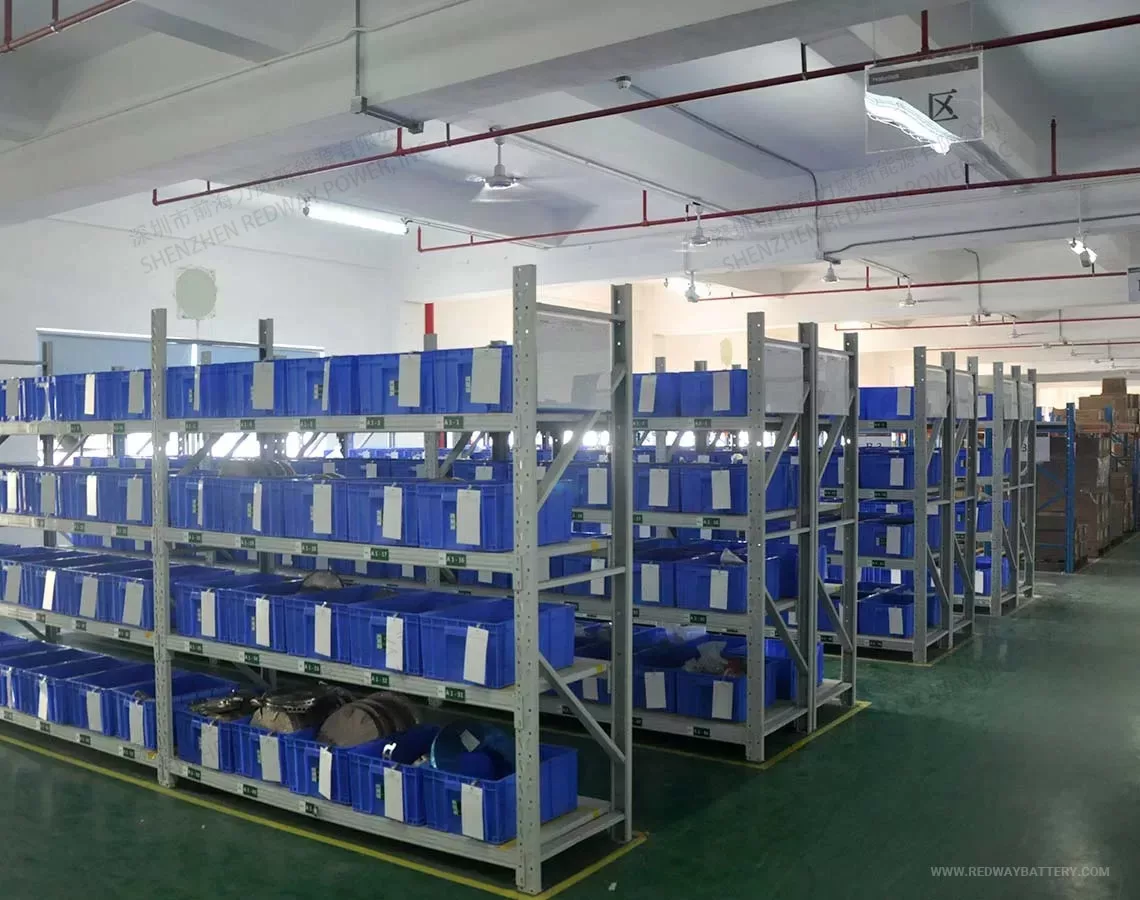
How Solar Panels Work
How Solar Panels Work
Solar panels are an incredible innovation that harnesses the power of the sun to generate electricity. But have you ever wondered how exactly they work? Let’s take a closer look.
Solar panels are made up of photovoltaic (PV) cells, which are typically composed of silicon. These cells have a unique property – when exposed to sunlight, they produce an electrical current. This is known as the photovoltaic effect.
When sunlight hits the solar panel, it excites the electrons in the PV cells, causing them to move and create an electric current. The more intense the sunlight, the greater the flow of electrons and therefore, more electricity is produced.
To capture as much sunlight as possible, solar panels are usually installed at an angle facing south on rooftops or mounted on racks in open areas. This maximizes their exposure to direct sunlight throughout the day.
The generated electricity flows from each individual cell into a series of interconnected wires within each panel before being directed into an inverter. The inverter then converts this direct current (DC) electricity into alternating current (AC), which can be used to power appliances and devices in our homes or businesses.
It’s important to note that solar panels only generate electricity during daylight hours when there is sufficient sunshine available. However, any excess energy produced can be stored for later use with battery storage systems!
In conclusion: Solar panels work by converting sunlight into usable electricity through photovoltaic cells made from silicon!
Benefits of Adding Battery Storage to a Solar Panel System
When it comes to harnessing the power of the sun, solar panels are a game-changer. They convert sunlight into electricity, helping us reduce our reliance on fossil fuels and lower our carbon footprint. But did you know that pairing solar panels with battery storage can further enhance their efficiency?
One of the key benefits of adding battery storage to a solar panel system is energy independence. With a battery storage system in place, you can store excess electricity generated during the day for use at night or during cloudy days when the panels may not be producing as much power. This means you won’t have to solely rely on the grid for electricity and can enjoy uninterrupted power supply even during outages.
Another advantage is increased self-consumption. Without battery storage, any surplus energy produced by your solar panels would typically be sent back to the grid. However, with batteries in place, this excess energy gets stored instead of being wasted. You can then use this stored energy when your demand exceeds what your solar panels are currently generating.
Additionally, pairing battery storage with solar panels allows for greater control over your energy usage patterns and costs. By storing excess electricity during off-peak hours when rates are lower and using it during peak times when rates are higher, you can optimize your consumption and potentially save money on utility bills.
Furthermore, installing a battery system alongside your solar panel setup adds an extra layer of resilience to your home’s energy infrastructure. In case of unexpected blackouts or emergencies, having stored backup power readily available ensures that essential appliances like refrigerators or medical devices remain operational.
Lastly but certainly not least important is the environmental benefit that comes from incorporating battery storage into a solar panel installation. By storing excess renewable energy rather than relying solely on traditional sources like coal-fired power plants during periods of low generation capacity, we continue to reduce greenhouse gas emissions and contribute towards building a sustainable future.
With all these advantages in mind, it’s clear that adding battery storage to a solar panel system can significantly enhance its efficiency and overall benefits.
Types of Battery Storage Systems
When it comes to battery storage systems, there are several different options available on the market today. Each type of system has its own unique characteristics and benefits, allowing homeowners to choose the one that best suits their needs.
One popular type of battery storage system is the lithium-ion battery. These batteries are known for their high energy density and long lifespan. They can store a large amount of energy in a compact size, making them ideal for residential solar panel systems.
Another option is the lead-acid battery, which has been used for many years in various applications. While they may not have as high an energy density as lithium-ion batteries, they are more affordable and well-suited for smaller-scale installations.
Flow batteries offer another alternative. These systems use two electrolyte solutions that flow through separate chambers and exchange ions through a membrane. Flow batteries offer scalability and long cycle life but tend to be bulkier than other types of batteries.
There are also hybrid battery systems that combine multiple types of batteries to take advantage of each technology’s strengths while minimizing weaknesses.
Choosing the right battery storage system depends on factors such as budget, space availability, and desired performance characteristics. It’s important to consult with a professional installer who can assess your specific needs and recommend the most suitable option for you
Factors to Consider When Choosing a Battery Storage System
When it comes to choosing a battery storage system for your solar panel setup, there are several factors that you need to consider. You’ll want to assess the capacity of the battery and ensure that it aligns with your energy requirements. This will depend on factors such as the size of your home or business, as well as your average daily energy consumption.
Next, think about the power rating of the battery. The power rating determines how much electricity can be delivered at any given time. If you have high energy demands or frequently experience peak usage periods, a higher power rating may be necessary.
Another important factor is the lifespan of the battery. You’ll want to choose a system that has a long lifespan in order to maximize its value and avoid frequent replacements. Additionally, consider whether the manufacturer offers warranty coverage for their product.
It’s also crucial to evaluate safety features when selecting a battery storage system. Look for systems with built-in protection mechanisms against overcharging, overheating, and other potential risks.
Take into account any additional features or capabilities offered by different systems. Some batteries may offer smart technology integration or compatibility with specific inverters or monitoring systems.
By carefully considering these factors when choosing a battery storage system for your solar panels, you can optimize efficiency and make an informed decision based on your unique needs and preferences
Case Studies: Real Life Examples of Enhanced Efficiency with Solar Panel and Battery Storage Pairing
Case Studies: Real Life Examples of Enhanced Efficiency with Solar Panel and Battery Storage Pairing
Let’s dive into some real-life examples that showcase the enhanced efficiency achieved by pairing solar panels with battery storage systems. These case studies highlight the transformative impact this combination can have on energy consumption.
One such example comes from a residential property in sunny California. The homeowners installed a solar panel system along with a battery storage unit to maximize their energy utilization. By generating clean electricity during the day and storing excess power for use at night, they were able to significantly reduce their reliance on the grid.
In another case study, a commercial building in New York City implemented solar panels coupled with advanced battery technology. This integration allowed them to harness renewable energy throughout the day while ensuring uninterrupted power supply during peak demand hours or grid outages. As a result, they not only reduced their carbon footprint but also saved substantially on electricity costs.
Furthermore, an agricultural farm in Australia utilized solar panel arrays combined with large-scale battery storage solutions to enhance its sustainability efforts. By capturing sunlight and storing surplus energy, this farm was able to operate irrigation systems more efficiently and power various machinery without solely depending on traditional power sources.
These examples demonstrate how combining solar panels with battery storage can lead to greater self-sufficiency, cost savings, and environmental benefits across different sectors. Moreover, they emphasize that such pairings are adaptable and effective solutions for both residential and commercial applications alike.
Stay tuned as we explore further advancements in renewable energy technologies and discuss whether solar panel-battery storage pairing is truly paving the way towards our future of sustainable living!
The Future of Energy: Is Solar Panel and Battery Storage Pairing the Way Forward?
As the world continues to prioritize sustainable and renewable energy sources, it’s clear that solar panel systems have become an integral part of our future. But what about the role of battery storage in enhancing the efficiency of these systems? Is pairing solar panels with battery storage truly the way forward for energy production?
The answer is a resounding yes! The future of energy lies in harnessing renewable sources like solar power and maximizing their potential through advanced technology. Pairing solar panels with battery storage allows us to overcome one of the biggest challenges associated with solar energy – intermittency.
By storing excess electricity generated by solar panels during peak sunlight hours, we can ensure a steady supply even when the sun goes down or on cloudy days. This stored energy can be used to power homes and businesses when demand is high or when there is no direct sunlight available.
Moreover, integrating battery storage into a solar panel system provides greater flexibility and control over energy usage. It allows users to optimize their consumption patterns by drawing from stored power during expensive peak hours or using backup power during grid outages. This not only reduces reliance on traditional fossil fuels but also helps save costs in the long run.
The advancements in battery technology are making this pairing even more attractive. Lithium-ion batteries, for instance, offer higher efficiency, longer lifespan, and quicker charging times compared to older lead-acid batteries. With ongoing research and development efforts focused on improving battery performance and reducing costs, we can expect even better solutions in the near future.
In addition to individual benefits for homeowners and businesses, pairing solar panels with battery storage has broader implications for our overall energy infrastructure. It enables decentralized power generation and distribution while reducing strain on utility grids during periods of high demand.
Countries like Australia have already embraced this concept at scale through initiatives such as virtual power plants (VPPs). These VPPs connect numerous residential properties equipped with rooftop solar panels and home batteries into a single network that acts as a virtual power plant. This approach not only improves grid stability but also promotes
Conclusion
Conclusion
Solar panel systems have revolutionized the way we generate and consume electricity. With their ability to harness the power of the sun, they provide a clean and sustainable source of energy. However, by pairing solar panels with battery storage, we can take efficiency to new heights.
Adding battery storage to a solar panel system offers numerous benefits. It allows you to store excess energy generated during the day for use during times when there is little or no sunlight available. This ensures that you have a steady supply of electricity even when conditions are not optimal for solar energy production.
Moreover, battery storage systems provide backup power in case of grid outages or emergencies. They offer peace of mind knowing that you will still have access to electricity when you need it most. This becomes particularly valuable in areas prone to natural disasters or regions with unreliable grid infrastructure.
When choosing a battery storage system, it’s important to consider factors such as capacity, efficiency, lifespan, and cost. Each type of battery technology has its own advantages and limitations, so it’s crucial to make an informed decision based on your specific needs and requirements.
Real-life examples show us how solar panel and battery storage pairing can enhance efficiency. For instance, homeowners who combine these technologies can maximize self-consumption by using stored energy instead of relying solely on the grid. This not only reduces reliance on fossil fuels but also saves money in the long run.
Furthermore, businesses can benefit from reduced demand charges by utilizing stored energy during peak hours when electricity costs are higher. By optimizing their usage patterns through intelligent management systems, they can achieve significant savings on their utility bills while minimizing their carbon footprint.
The future looks promising for solar panel and battery storage pairing as advancements continue in both industries. We can expect improved efficiencies in both solar panels and batteries along with more affordable options becoming available over time.
As renewable energy becomes increasingly essential for combating climate change and transitioning towards a greener future, combining solar panels with battery storage is undoubtedly a step in the right direction. This technology offers


